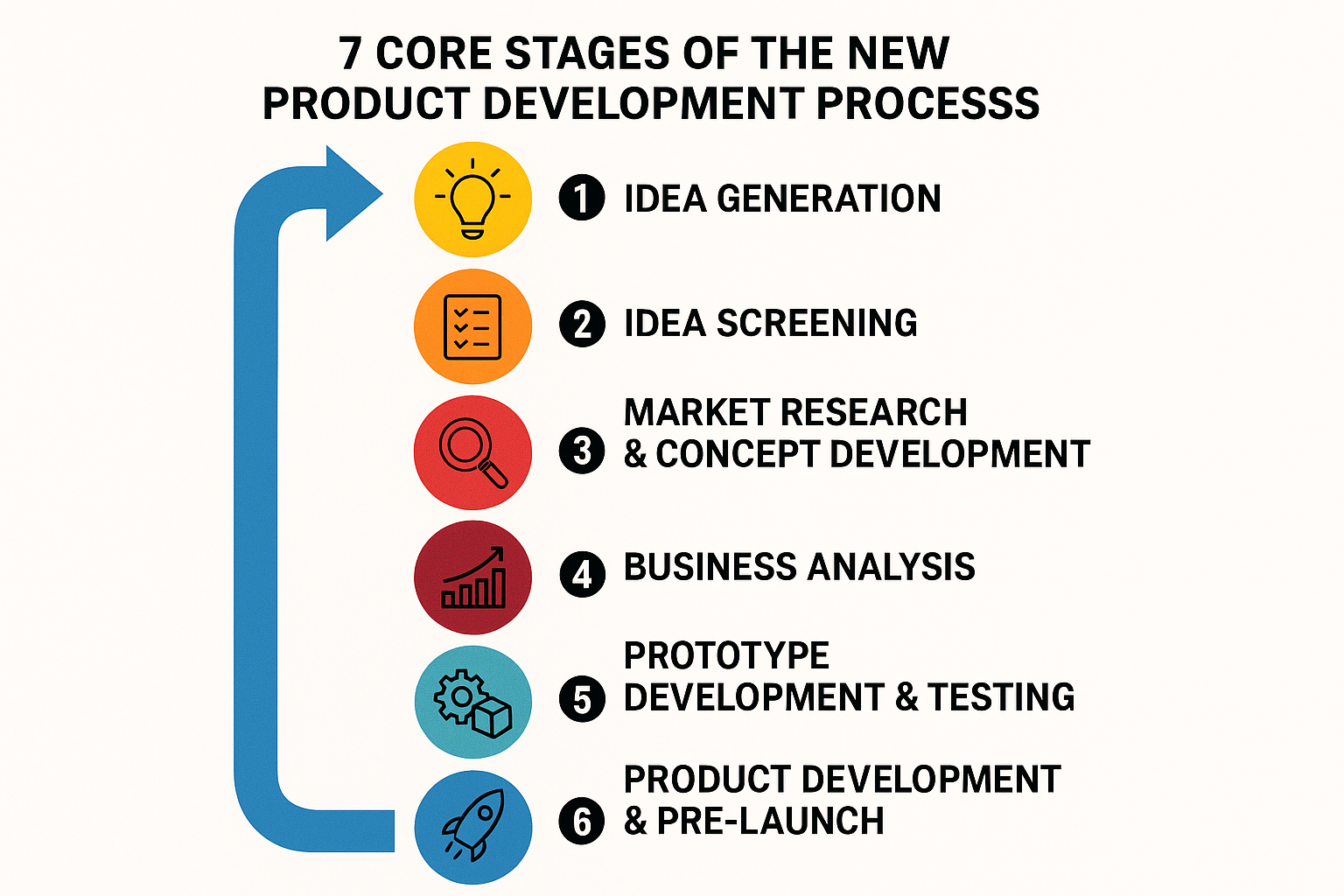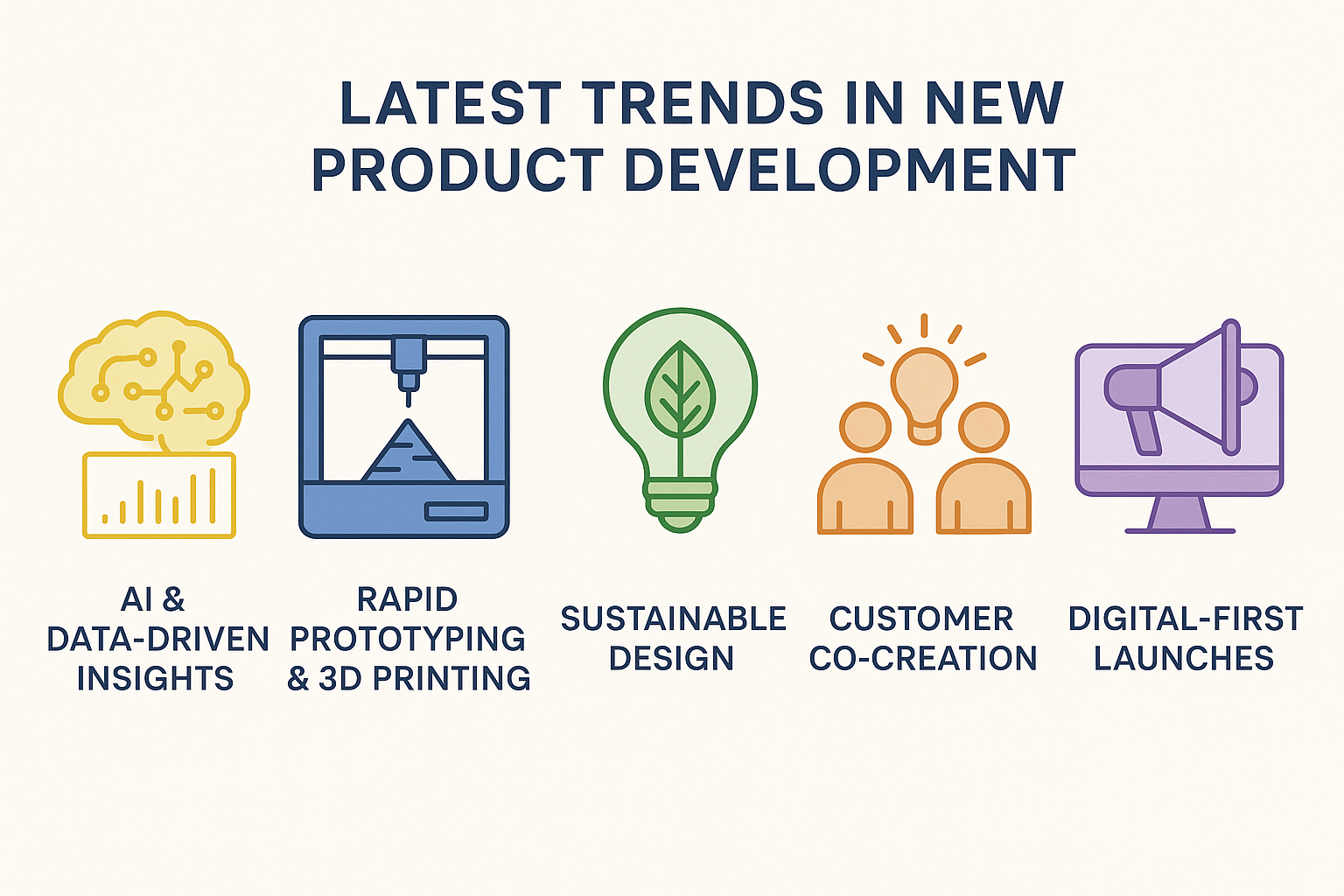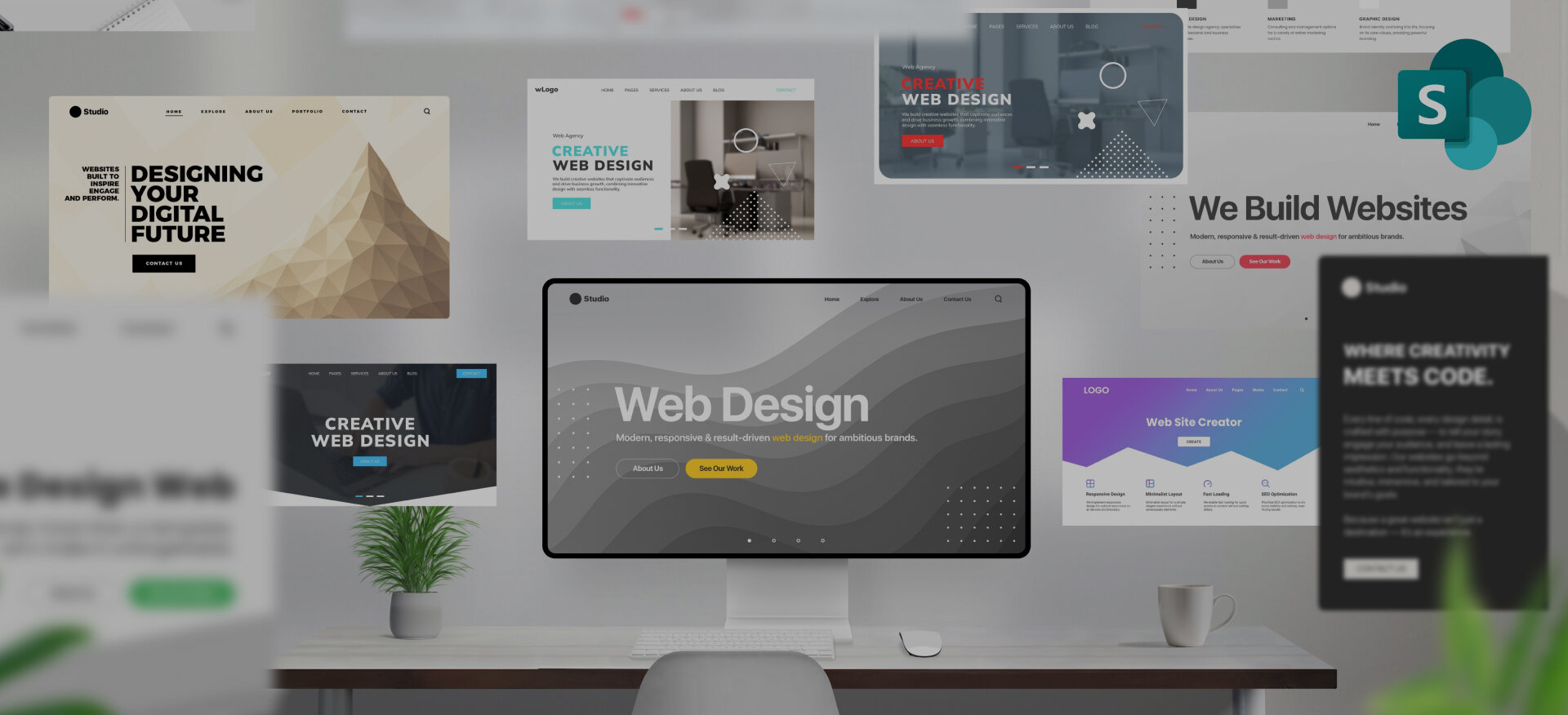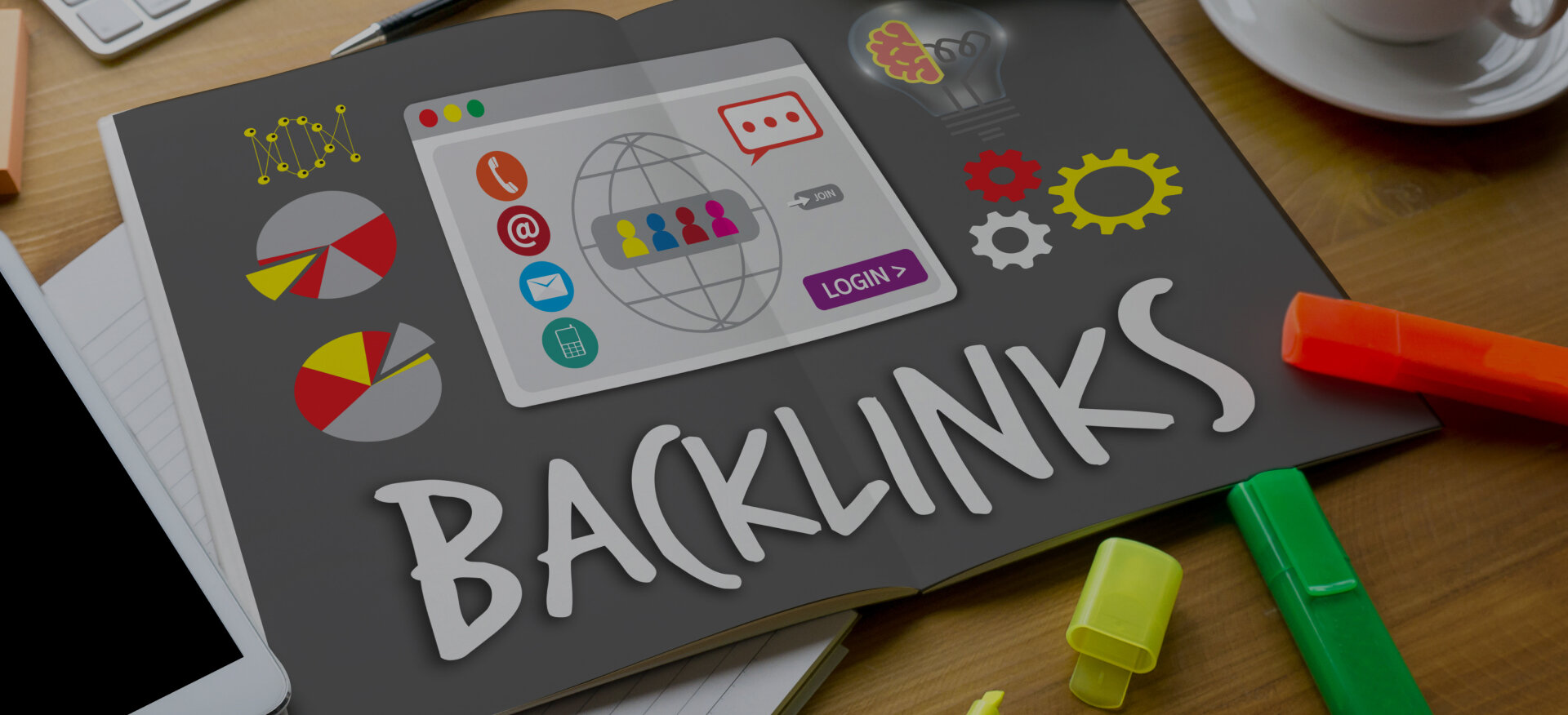Bringing a new product to market is both exciting and challenging. The new product development process (NPD) helps businesses turn ideas into market-ready solutions through structured planning and execution. A well-defined process not only reduces risk but also improves product-market fit, speeds up time to market, and boosts profitability.
In a competitive landscape where customers demand innovation and quick solutions, businesses can’t afford to take a trial-and-error approach. From idea generation to launch and beyond, understanding the NPD process gives teams a roadmap for turning creativity into sustainable business growth. This guide breaks down the key stages of new product development, the benefits and challenges involved, essential tools, and emerging trends shaping the future of innovation.
What Is the New Product Development Process?
The new product development process is a structured approach that organizations use to transform an idea into a fully developed product ready for market launch.
It combines creativity, research, planning, and execution to minimize risk and maximize success.
A key component in this process is a product launch checklist, which ensures all steps are followed to prepare for a successful market introduction. For businesses seeking to implement a digital marketing strategy from digital marketing strategy services, it’s important to connect this process with effective marketing efforts to ensure your new product reaches its intended audience
While every company’s process may vary, NPD generally includes stages like idea generation, market research, concept development, prototyping, testing, production planning, and commercialization.
By following these stages, businesses can identify market needs, create products that solve real problems, and introduce them effectively.
For tech-driven brands, where innovation cycles are fast and competition is fierce, working with a tech marketing agency can help shape the story behind new products and connect with the right audience at launch.
7 Core Stages of the New Product Development Process
The New Product Development (NPD) process is essential for transforming innovative ideas into successful products. It involves a series of stages designed to ensure the product meets market needs, is feasible, and can be effectively launched. For businesses looking to optimize their digital strategies at each stage, collaborating with an international seo company can provide global reach and visibility to attract the right customers.

Successful NPD involves seven critical stages:
1. Idea Generation
The process starts with brainstorming potential solutions based on customer pain points, market trends, or internal R&D. Ideas can come from employees, customers, competitors, or market analysis.
2. Idea Screening
Not every idea is viable. Screening eliminates weak concepts by evaluating feasibility, profitability, and alignment with company goals.
3. Market Research & Concept Development
Conduct market studies, surveys, and competitor analysis to validate demand. Develop a concept with clear features, benefits, and positioning, considering Google keyword ranking to optimize visibility during launch.
4. Business Analysis
Estimate production costs, pricing, sales potential, and profitability. This step ensures financial viability before major investments.
5. Prototype Development & Testing
Create a working prototype to test functionality, usability, and user reactions. Gather feedback and refine accordingly.
6. Product Development & Pre-Launch
Move from prototype to final product design. Plan manufacturing, supply chain, packaging, and marketing strategies, and ensure alignment with product advertising to maximize brand impact.
7. Commercialization & Launch
Introduce the product to the market with marketing campaigns, distribution channels, and launch events. Monitor sales and gather early feedback.
For companies seeking to modernize these stages and improve collaboration between teams, investing in digital transformation can make the NPD process more efficient and data-driven.
Explore Our Performance Marketing Services!
5 Benefits of a Structured New Product Development Process
Adopting a clear NPD process can transform how a business innovates:
- Reduced Risk: Systematic validation helps avoid costly product failures.
- Faster Time to Market: Efficient workflows and research shorten the development cycle.
- Improved Market Fit: Deep research ensures products meet real customer needs.
- Stronger Collaboration: Cross-functional teams work better with defined stages and goals.
- Higher Profitability: Strategic planning leads to smarter investments and better ROI.
To fully communicate these benefits to investors and customers, many brands use digital marketing solutions to position their new offerings effectively.
What Challenges Do Companies Face in New Product Development?
Even with a clear process, NPD can be complex and risky. Companies often struggle with limited resources and tight budgets, making it difficult to fund research, prototypes, and marketing.
Uncertain market demand is another challenge; predicting customer acceptance is tricky, especially with disruptive products.
What are five marketing strategies that retailers spend half of their annual budget on? This can become a crucial consideration when ensuring that marketing efforts are allocated effectively.
Cross-functional misalignment between R&D, marketing, and operations can slow progress.
Additionally, technology shifts may render concepts outdated before launch, and regulatory compliance can complicate timelines.
Premium brands, in particular, face the challenge of balancing innovation with maintaining a high-end image.
Partnering with a luxury branding agency helps companies present cutting-edge products while preserving their exclusive positioning.
What Tools & Technologies Support the New Product Development Process?
The right tools can speed up and streamline NPD at every stage. Project management platforms like Jira, Asana, or Monday.com keep teams aligned and track milestones.
Prototyping tools such as Figma, Adobe XD, or CAD software help visualize and refine product concepts. Data analytics platforms inform market research and financial forecasts, which can help improve how to measure awareness in marketing by analyzing the effectiveness of campaigns. For businesses focused on long-term growth, corporate SEO services can provide data-driven strategies that improve your online presence during product development and after launch.
Cloud-based collaboration tools make communication seamless across departments.
For businesses that need tailored digital solutions to support their NPD workflow, such as custom dashboards, integrations, or analytics tools, investing in application engineering & development ensures technology perfectly fits their innovation process.
What Role Does Market Research Play in New Product Development?
Market research is the backbone of effective NPD. By analyzing customer needs, market trends, and competitor offerings, businesses can reduce risk and increase the likelihood of success.
Research involves surveys, focus groups, interviews, and studying industry reports to validate demand and refine positioning.
Companies that fail to invest in this step often build products that miss the mark. For those wanting to maximize the visibility of their research-driven insights and attract attention during launch, professional ecommerce SEO packages help ensure your product gets discovered online.
Explore Our Digital Transformation Services!
5 Latest Trends in New Product Development
The landscape of New Product Development (NPD) is constantly evolving with emerging trends shaping the way products are created. From advanced technologies to changing consumer behaviors, these trends are driving innovation and enhancing product success.

The NPD landscape is rapidly evolving with innovation and technology. Some notable trends include:
- AI & Data-Driven Insights: Using analytics to predict demand and customer preferences.
- Rapid Prototyping & 3D Printing: Accelerating design and iteration cycles.
- Sustainable Design: Creating eco-friendly products with lower carbon footprints.
- Customer Co-Creation: Involving users early for better product-market fit.
- Digital-First Launches: Online campaigns and eCommerce-first strategies, critical for navigating top search engines for better visibility.
Industries like energy, manufacturing, or resources can showcase these innovations effectively by collaborating with an oil and gas marketing agency to reach niche professional audiences.
What Skills or Teams Drive a Successful New Product Development Process?
Behind every great product is a diverse and skilled team. Product managers lead strategy and oversee development stages.
Designers and engineers bring concepts to life, ensuring functionality and appeal.
Marketers create positioning and launch campaigns that drive demand. Data analysts inform decisions with insights and metrics, while supply chain experts ensure smooth production and delivery.
For companies expanding into new regions or targeting travel-savvy audiences, partnering with a travel marketing agency ensures messaging resonates with international markets and diverse customer groups.
What Does the Future Hold for New Product Development?
The future of NPD will be faster, smarter, and more customer-focused. Artificial intelligence will play a bigger role in predicting trends, automating design iterations, and analyzing feedback.
Sustainability will influence material selection and supply chain choices. Agile development will replace long cycles with quick, iterative releases.
Companies will increasingly use digital twins, virtual product replicas, to test performance before physical production.
For industries like oil and gas, partnering with an oil and gas marketing agency can help showcase innovations and reach the right professional audience.
To stay ahead, many businesses invest in advanced web design & development to create digital experiences that support product launches and customer engagement from day one.
FAQs About the New Product Development Process
What is the new product development process?
It’s a structured approach to turning an idea into a market-ready product, covering stages from ideation and research to launch.
Why is the NPD process important?
It reduces risk, improves product-market fit, speeds time to market, and ensures better use of resources.
How long does new product development take?
Depending on complexity, it can range from a few months to several years, with research and testing often taking the most time.
What are common mistakes in NPD?
Skipping market research, underestimating costs, misaligned teams, and poor marketing execution can lead to failure.
Can small businesses follow the NPD process?
Yes. Smaller teams can adapt the stages to fit their size and budget while still benefiting from a structured approach.
Conclusion
The new product development process is more than a checklist; it’s a strategic roadmap for turning ideas into successful, market-ready products. From idea generation and market research to prototyping, testing, and commercialization, each stage plays a critical role in reducing risk and maximizing impact. However, success depends on more than following the steps. Businesses must align teams, leverage the right tools, and position their products effectively in a competitive landscape.
That’s where Centric can help. We partner with brands to streamline their innovation process, craft compelling product stories, and design powerful digital experiences that attract customers and investors alike. Whether you’re launching your first product or scaling a new product line globally, Centric provides the expertise to transform ideas into market leaders.








